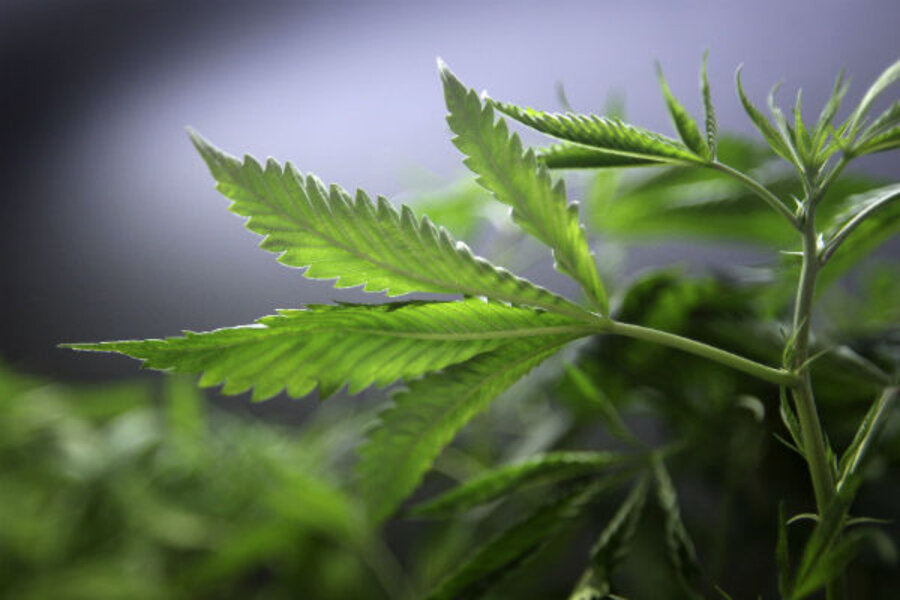Report: High school marijuana smokers less likely to graduate
Loading...
Despite the affable nature of Jeff Spicoli, the perpetual stoner-turned-hero in the hit film “Fast Times at Ridgemont High” it turns out that getting high every day won’t help you pass Mr. Hand’s class, or even get out of high school.
Results from a series of studies published in a report in The Lancet Psychiatry journal’s September issue associate regular cannabis use in teens with negative setbacks, including failure to graduate high school, and increased dependency on drugs later in life.
Cannabis is the genus of flowering plants that produce hemp, marijuana, and hashish, among other substances.
According to key findings, those who were considered “daily users” before age 17 had “clear reductions in the odds” of completing high-school or earning a degree, well as “substantially increased odds of later cannabis dependence” in addition to other illicit drugs, and even suicide attempts.
Findings show that daily users under the age of 17 were more than 60 percent less likely to finish high school or earn a degree, seven times more likely to use illicit drugs, and eight times more likely to attempt suicide than their non-using peers.
The report combined data from three larger, long-running studies monitoring more than 3,700 participants ages 13-30 in Australia and New Zealand, and ordered their cannabis use into five frequency categories: never, less than monthly, monthly or more, weekly or more, or daily.
Authors of the report pointed to recent attitude shifts, in the US and abroad, that are helping to de-criminalize and legalize marijuana, all while researchers still try to get a handle on the adverse health and social effects of its use, especially among teens.
Those shifting attitudes could be related to earlier cannabis use as well. The report states, “Additionally, in some countries adolescents are initiating cannabis use earlier than have those in previous years and more adolescents are using cannabis heavily. In England, 4% of 11—15 year olds are past-month cannabis users; about 7% of US high-school seniors are daily or near-daily cannabis users; and in Australia, less than 1% of 14—19 year olds use daily and 4% use weekly.”
While the authors point out that combining three studies could result in "between-study variation in the levels of the outcomes” it was agreed that findings were substantial enough to point to across-the-board negative effects of regular cannabis use. Even in the case that adolescents involved in the study lied about their risk-behaviors, the report authors assert that increased admission of drug use would only help to increase proof of the adverse effects.
“Our findings show clear and consistent associations between the frequency of adolescent cannabis use and all adverse young adult outcomes. These associations had dose-response characteristics across all seven outcomes, with the strongest effects shown for daily users.”
In the US, the debate for the legalization of marijuana continues, with Washington and Colorado among the first states to legalize marijuana for recreational use.
Some US reports suggest that the legalization of marijuana has actually lowered teen use. An August news report publishing data from the Healthy Kids Colorado Survey, shows that in 2013, the first full-year that marijuana was legal for adults 21 and up, use among teens – regular and experimental – had decreased slightly from 2011 levels.
However, the evidence is still far from conclusive that legalization will remove the risk factors that may attract teens to try marijuana in the first place. More conclusive data showing adverse results of regular use might be the best way to deter teens.






